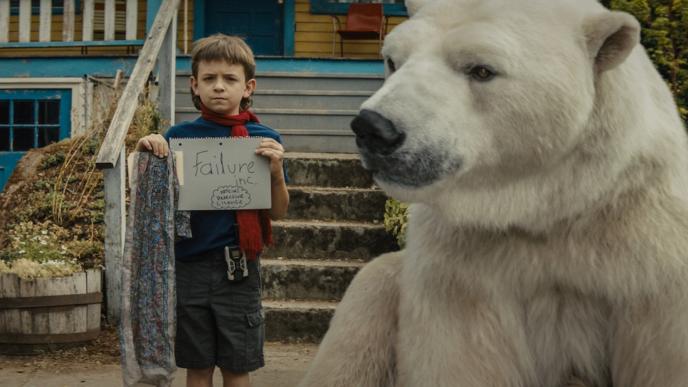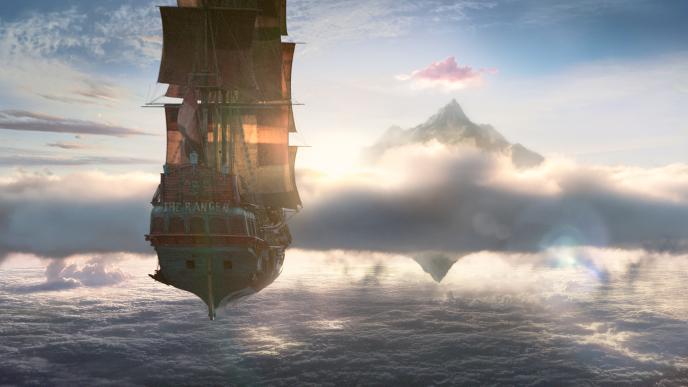
Where The Wild Things Are
Where the Wild Things Are is director Spike Jonze's award-winning third feature film. Some five years in the making, the film is Jonze's version of Maurice Sendak's classic children's book; a modern classic of children's literature, having sold over 10 million copies. It tells the brief story of Max, a boy whose wild behaviour gets him sent to bed without any supper, and who subsequently wills himself across the ocean to the island where the wild things live.. Where the Wild Things Are's digital visual effects, including the seamlessly integrated, richly emotional facial animation of the creatures, were created by Framestore.
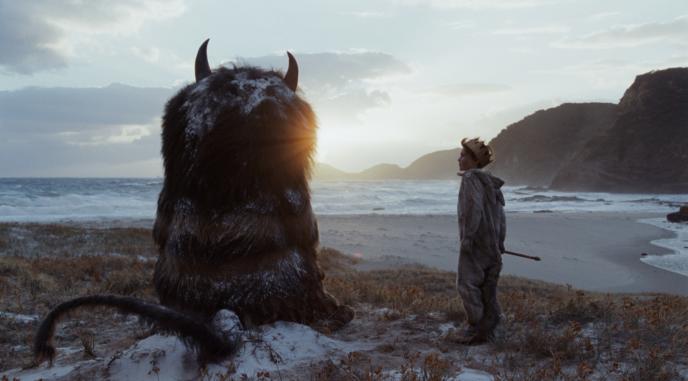
The work Framestore did is so thoughtful and nuanced and felt. Working with artists at this level is like working with great actors.
Getting Started
Jonze wanted the Wild Things to be every bit as big and grotesque as in the book, and to this end he had appropriately enormous costumes designed. The necessarily light costumes contained no working parts, their faces static, awaiting post production animation. In late 2008 Framestore convinced Jonze and his team that they were the best crew for the task, and a team that would grow to 250-strong began work on one of the toughest deadlines the company has faced, with over 1000 shots, or 1400 'character appearances' to deliver in just six months.
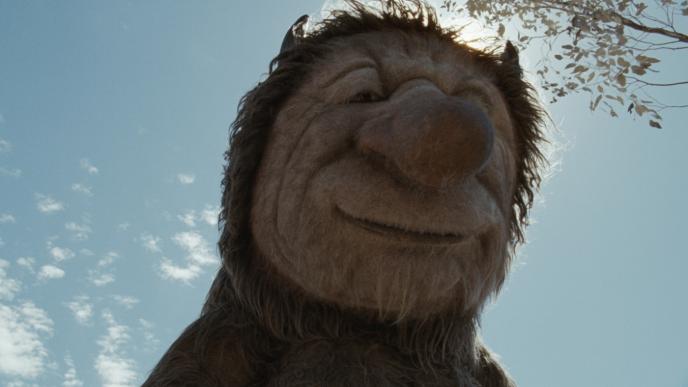
Team Challenge
A key feature of Framestore's post production work on the film was the degree to which Spike Jonze was personally involved. It is almost unheard of for a director to be able (or indeed, to want) to directly oversee this phase of production. But partly due to the film's elongated production period, and partly because of the extraordinary challenges he was posing the Framestore animators, Jonze came to London and established an office within Framestore's production floor. 'It still amazes me how much we managed to do in so little time, from a standing start', says Tim Webber, Framestore's Visual Effects Supervisor for the project. 'The prep time you normally get – to assemble your crew, organise the pipeline and so on – that just wasn't there. If we'd just created a set of top grade VFX within the time we had it would have been remarkable, but for the team to have brought life of such depth, complexity and emotional truth to these seven creatures, that was a truly extraordinary achievement'.
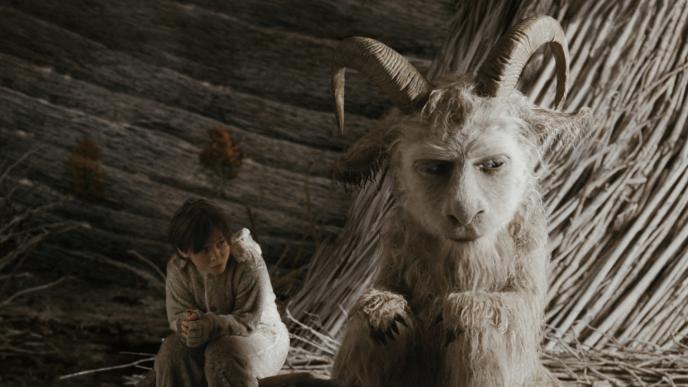
Crafting Creatures
The faces in Where the Wild Things Are were brought to life in most cases using a technique known as 'sequence projection' or 'projection mapping', a method which has been around for many years in digital VFX, often being used to create talking animals, for example. For Where the Wild Things Are however it had to be taken to a new technical and artistic level. Character suit performances were filmed with static faces. The faces or heads were tracked in 3D and a CG articulated head was animated on top to achieve the appropriate performance to match suit and dialogue. The texture was extracted from each original frame and re-projected back onto the 3D model with the image 'warped' to match the animation. CG eyes, mouth interiors and fur were all added, and 2D paint work helped complete a convincing final image. 'I think it produces a really lovely visual aesthetic – one that was certainly right for the feel of Spike's film', says Ben White, CG Supervisor on the project. 'It looks photographed and real in a very unfussy, non-CG way, so it's easy to concentrate on the performances'.
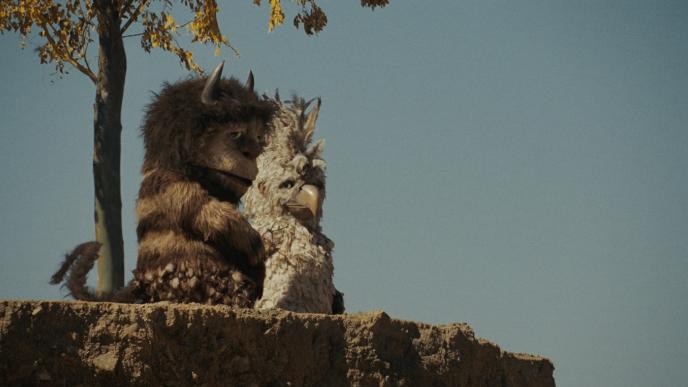
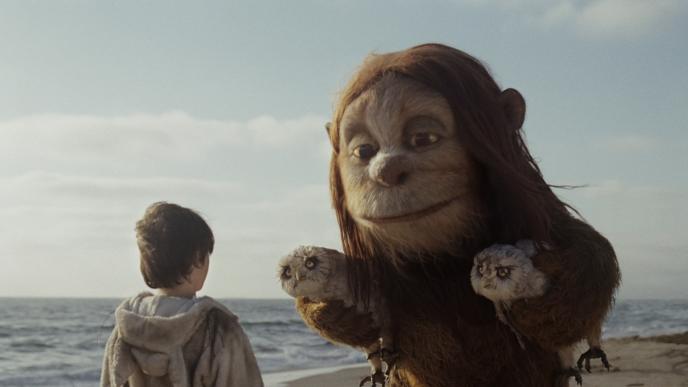
Spike has a disarming, ingenuous side to him which is hugely effective when motivating people. But at the same time, I think he came to us knowing pretty much exactly what he wanted, and left us having achieved exactly that.
Bringing the Magic to Life
Further challenges were added when Jonze decided he wanted some fundamental redesigning of the creatures' faces, in particular the mouths; one character was redesigned by narrowing her face in the composite to give her a sweeter look. Others underwent the tiniest of changes in mood – raising the emotional temperature of an expression through additional 3D and 2D shading around the eyes, for example, counteracting an unsympathetic play of light.
In addition to Academy-worthy performances from seven CG characters, Framestore also managed to deliver hundreds of 'regular' VFX shots in and around these, covering the gamut of the modern digital repertoire including flying clods of CG dusty earth in the dirt clod fight, matte paintings, scenery enhancement, rig fixing and removal, CG missiles, storm sequences, a day-for-night at sea sequence, green screen elements and much besides.
Jonze is one of modern cinemas true originals, and it's improbable that anything quite like Where the Wild Things Are will come along again soon. Framestore is honoured to be part of something as special as this project, and proud that it was able to deliver a rumpus every bit as wild as its creators hoped.

Reviews
The Things are a considerable technical achievement, combining as they do muppetry and CGI. - Roger Ebert
The film's success is best measured by its simplicity and the purity of its innovation. Jonze has filmed a fantasy as if it were absolutely real, allowing us to see the world as Max sees it, full of beauty and terror. - Peter Travers, The Hollywood Reporter
